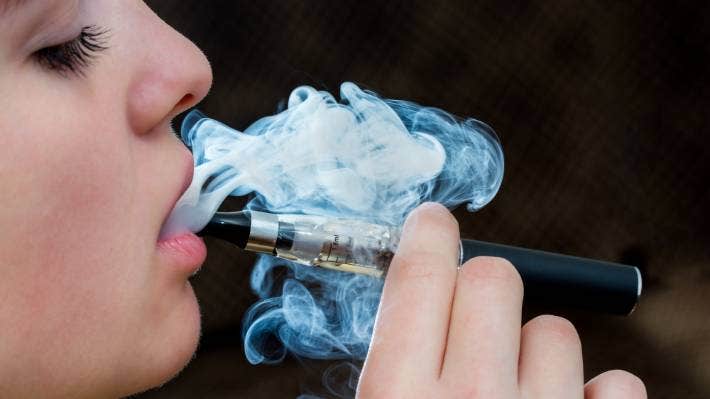
In recent years, Cake Disposables Vaps has emerged as a cultural phenomenon that has captivated the attention of both adults and youths worldwide. The popularity of vaping, often touted as a less harmful alternative to traditional smoking, has given rise to a burgeoning industry centered around electronic cigarettes and other vaping devices. Proponents of vaping argue that it offers smokers a chance to transition away from conventional cigarettes, potentially reducing their exposure to harmful chemicals and tar. However, this trend has not been without its fair share of controversies and health concerns.
While vaping has been marketed as a safer alternative to smoking, the long-term health effects of inhaling vaporized nicotine and other substances remain uncertain. Numerous studies have shown that the aerosol produced by e-cigarettes contains a mix of potentially harmful chemicals that can have detrimental effects on lung health. Additionally, the allure of flavors like fruit, candy, and dessert in vaping liquids has drawn criticism for enticing younger individuals to experiment with these products, potentially leading to nicotine addiction and subsequent tobacco use.
One significant issue that has attracted attention is the lack of strict regulations governing the manufacturing and marketing of vaping products. This has led to instances of poorly made or counterfeit products hitting the market, further raising concerns about their safety and potential impact on public health. Moreover, the exponential growth of vaping among teenagers has prompted calls for stricter age restrictions and marketing regulations to prevent easy access to these products by underage individuals.
As the debate surrounding vaping continues to evolve, it is essential to strike a balance between acknowledging its potential benefits as a smoking cessation tool while remaining vigilant about its potential risks, especially among young people. Government agencies, public health organizations, and researchers are working to better understand the long-term consequences of vaping, both for those who use these products and for the broader community. Ultimately, a comprehensive approach that combines education, regulation, and ongoing research will be crucial in addressing the complexities of vaping and its impact on public health.